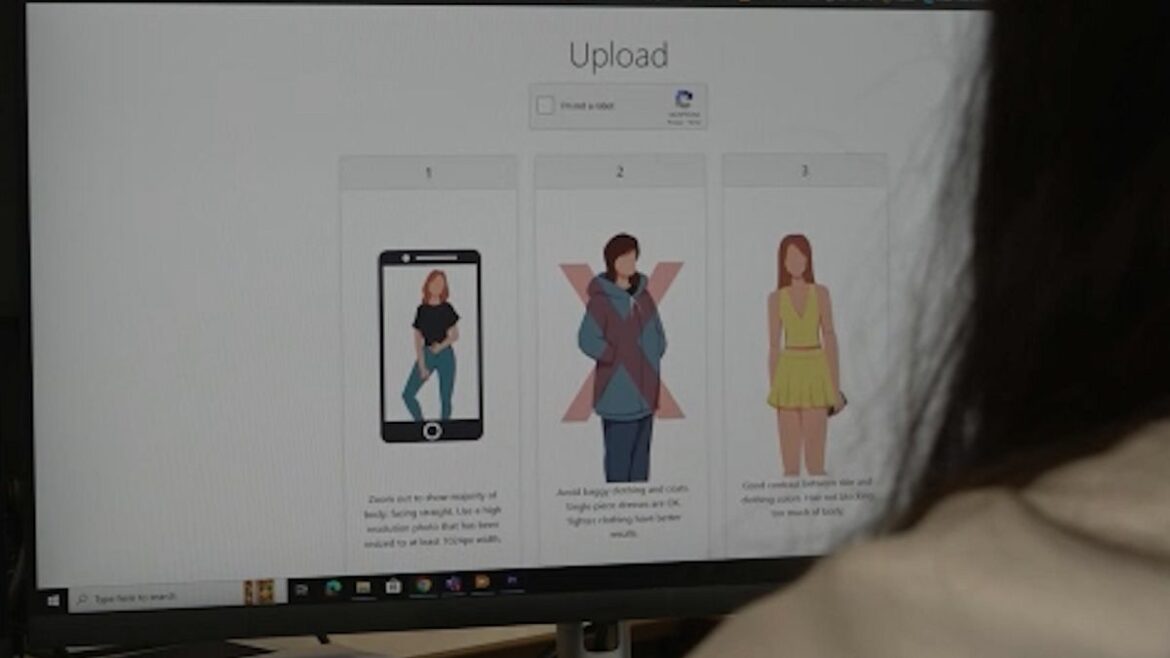Any woman today can virtually appear in a pornographic photo or video without ever having participated in it. Faced with this threat, the European Union is trying to put in place a law to criminalize this practice.
The manipulation of images and videos to create sexual content is about to be made a criminal offense in all European Union countries.
The first directive on violence against women will go through the final approval phase in April 2024.
These hyperrealistic photo or video montages are generally illegal, and can ruin the reputation and lives of the people whose images they take. Victims see the distribution of this content spreading on online platforms. Stopping the spread of deepfakes is difficult.
But what will change with this new directive? And what will happen if women living in the European Union are victims of manipulation carried out in countries outside the European Union?
The victims are always women
Websites that allow you to create “deepfakes” sexual services are just a click away on any search engine and are free to boot.
Creating a sex deepfake takes less than 25 minutes and costs nothing, using only a photograph in which the face is clearly visible, according to the 2023 State of Deepfakes study.
On a sample of more than 95,000 deepfake videos analyzed between 2019 and 2023, the study revealed an increase in this content of 550%.
According to Henry Ajder, an expert in artificial intelligence and deepfakes, those who use these tools seek to “defame, humiliate, traumatize.”
“It is important to note that these undressing tools do not work on men. They are specifically designed to target women. This is a good example of clearly malicious technology. There is nothing neutral about it“, he adds.
Creators of pornographic deepfakes seek photos of their victimseverywhere and anywhere.”
“_They can come from their Instagram account, their Facebook account, their WhatsAp_p profile picture,” explains Amanda Manyame, digital rights and legal consultant at Equality Now.
Therecybersecurity is not up to par
When women come across “deepfakes” involving them, the question of prevention arises.
According to a cybersecurity expert, the answer is not so much in prevention, but in rapid action to be able to remove them.
“I notice that when an incident of this type occurs in the digital domain, people say that you should not put your photos online, but that is the same logic as saying that you should not go out in the street so as not to have an accident”, explains Rayna Stamboliyska.
“Unfortunately, cybersecurity cannot be of much help in these cases, because it involves dismantling the broadcast network and removing the content at the same time,” adds the cybersecurity expert..
Currently, victims of “deepfakes” Pornography relies on a range of laws such as the European Union Privacy Act, the General Data Protection Regulation and national defamation laws to protect themselves.
When faced with this type of offense, victims are advised to take a screenshot or video recording of the content and use it as evidence to report it to the social media platform itself and to the police.
Equality Now’s digital rights and legal consultant adds: “There is also a platform called StopNCII, or Stop Non-Consensual Abuse of Private Images, where you can report an image of yourself and the website then creates what is called a ‘hash’. ) content. With the help of AI, it automatically removes content on different platforms.”
A global problem
With this new directive proposed to combat violence against women, the 27 Member States will have the same set of laws to criminalize the most diverse forms of cyber violence, such as “deepfakes“pornographic.
However, reporting this type of crime can be complicated.
“The problem is that a victim can live in Brussels. The criminal is located in California, USA, and the server that contains the content may be in, say, Ireland. So it’s a global problem because we’re dealing with different countries.” explains Amanda Manyame.
Faced with this situation, the center-left Swedish MEP, Evin Incir, explains that “what to do in parallel with the directive”, it’s about strengthening cooperation with other countries,”because it is the only way to fight against this crime which knows no borders.”
“Unfortunately, AI technology is developing very quickly, which means our legislation must also keep up. We should therefore soon revise the directive on this subject. This is therefore an important step for the current state of affairs. But we will have to follow the development of AI.” Added Evin Incir.



